









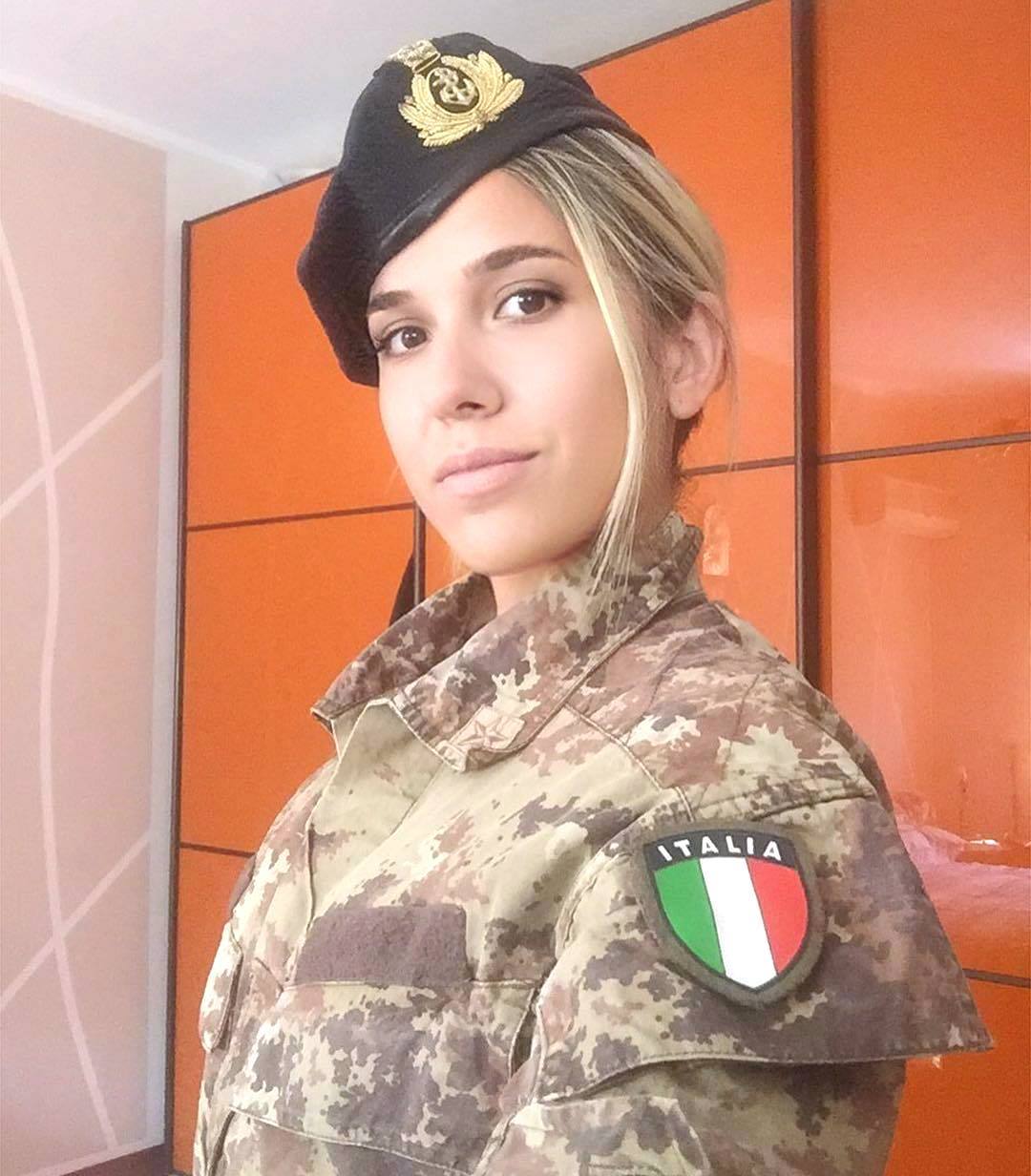









To see more Women Warriors, click on the tags below:
Scale Modeling and Military History




















To see more Women Warriors, click on the tags below:







Part II here: https://inchhighguy.wordpress.com/2021/08/06/encore-yakovlev-yak-9-build-in-1-72-scale-part-ii/
Vladimir Zalevskiy was credited with 17 personal and 23 group victories. He was awarded the Hero of the Soviet Union, but was shot down and killed on 05JUN43. This was the aircraft he flew with the 157th FAD during the summer of 1943.



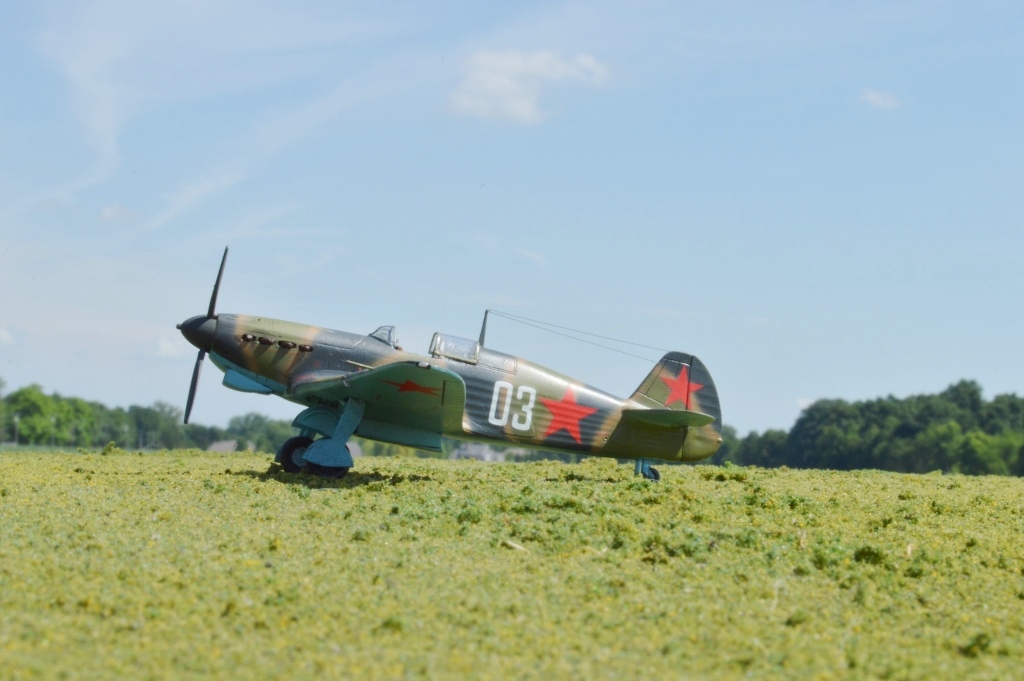




More completed Yak-7B pictures here: https://inchhighguy.wordpress.com/2021/08/03/dakoplast-yakovlev-yak-7b-of-lieutenant-ivan-golubin-in-1-72-scale/
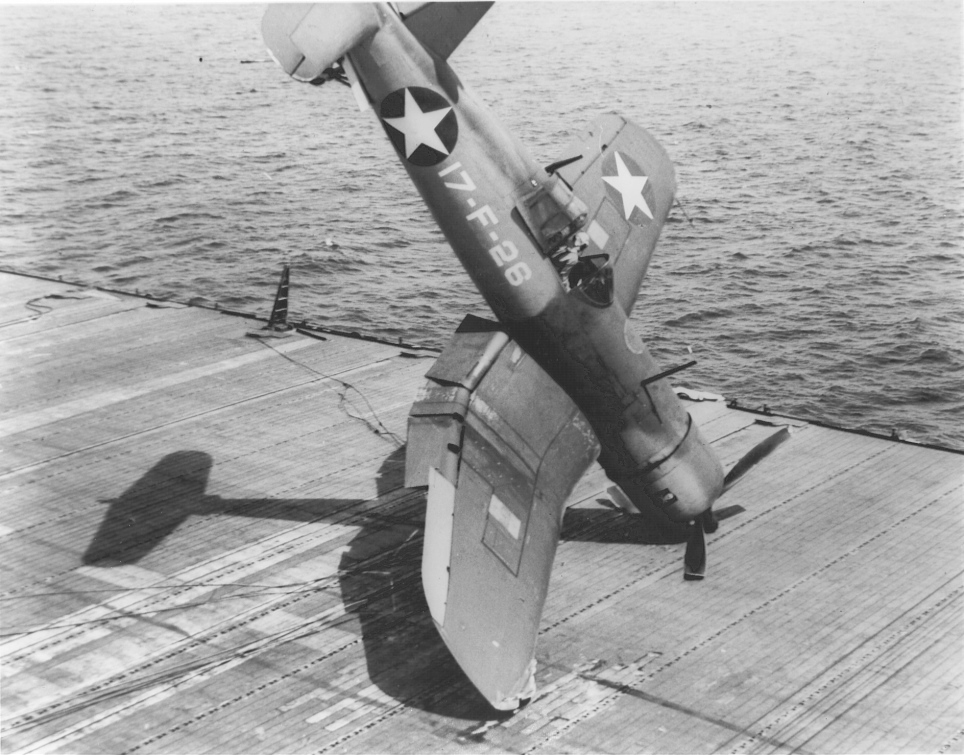

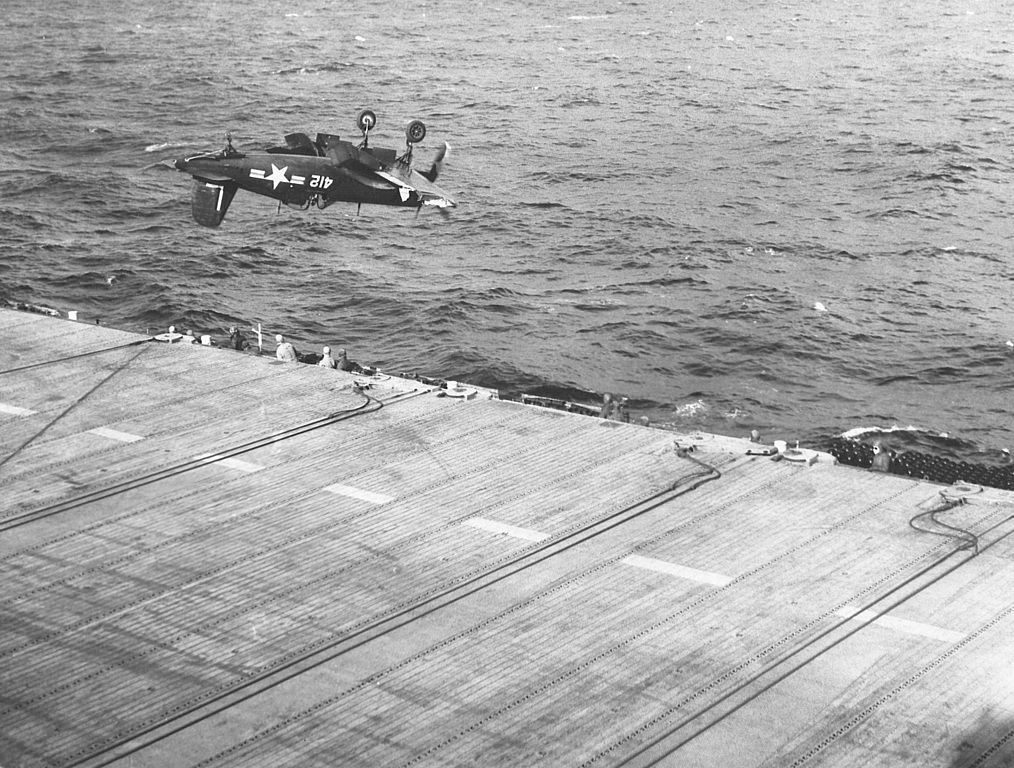



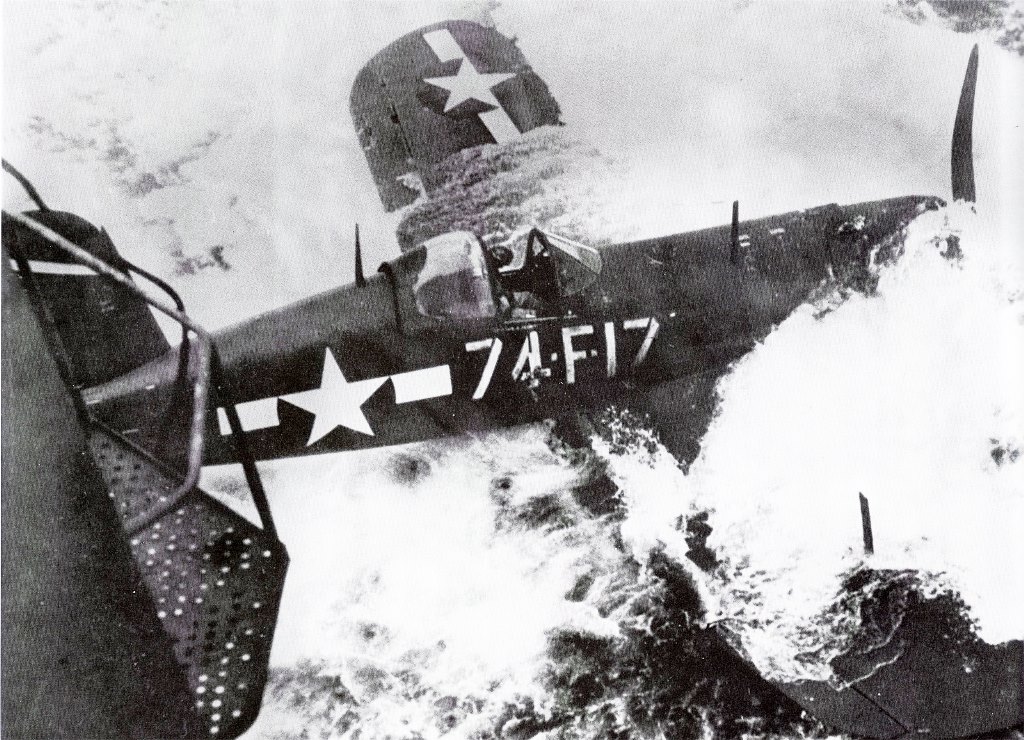



Part I here: https://inchhighguy.wordpress.com/2021/07/21/chance-vought-f4u-corsair-mishaps-part-i/
Vladimir Orekhov was awarded the Hero of the Soviet Union for achieving 19 personal and 3 shared victories during the Great Patriotic War. The model depicts his aircraft during the fall of 1942 while operating with the 434th FAR on the Stalingrad Front.









More completed Yak-7B pictures here: https://inchhighguy.wordpress.com/2021/07/29/valom-yakovlev-yak-7b-of-captain-vladimir-zalevskiy-in-1-72-scale/

US Aircraft in the Soviet Union and Russia
By Yefim Gordon, Sergey Komissarov, and Dmitri Komissarov
Hardcover in dustjacket, 355 pages, bibliography, profusely illustrated, color profiles
Published by Midland Publishing Ltd., January 2010
Language: English
ISBN-10: 1-85780-308-6
ISBN-13: 978-1-85780-308-2
Dimensions: 8.9 x 0.9 x 11.5 inches
The Lend-Lease policy was enacted in March 1941, before America’s entry into the Second World War. It allowed the United States to provide military and logistical material to Allied nations fighting the Axis. While the main beneficiary of this aid was the United Kingdom, a significant portion went to the Soviet Union. This included roughly half a million vehicles and about fifty percent of the food, ammunition and aviation gasoline consumed by the Soviets. While this aid was officially downplayed publicly, Stalin admitted privately that the USSR would have lost the war without the vast amount of material supplied by the U.S., Great Britain, and Canada.
Part of this aid was over 11,400 U.S. aircraft. Most types operated by the USAAF were represented, with the largest portions being the Bell P-39 Airacobra with 4,719 provided and the follow-on P-63 Kingcobra with 2,397. Soviet pilots were enthusiastic about both types.
I expected this book to be about the Lend-Lease program. While that is a primary focus and occupies a substantial portion of the page count, there is so much more. The book opens with the purchase of a Wright A Flyer in 1908, and several additional pre-war types made their way to the Soviet Union under various arrangements. A surprise (to me at least) were the Soviet efforts to acquire American heavy bombers. These were denied under Lend-Lease, the USAAF citing the need for every bomber they could get, but several crash-landed examples were discovered as the Red Army pushed into Eastern Europe. Many of these were repaired, and the USSR were able to operate both the B-17 Flying Fortress and B-24 Liberator in squadron strength. The story of the Tu-4 Bull, reverse-engineered from three interred B-29 Superfortresses is better known. There is also a small section dealing with U.S. types (or components) acquired in various ways during the Cold War, and a much larger section on U.S. civilian types purchased after the end of the Soviet era beginning in 1991.
This is a beautiful book and a valuable reference. The pages are printed on glossy stock, and there is no shortage of photographs, line drawings, and high-quality profile artwork. Modelers looking for unusual schemes for American aircraft types will be thrilled. Highly recommended. If the subject interests you at all pick this one up, you will not be disappointed!



Photographs taken at the Air Zoo, Kalamazoo Michigan.










Part IV here: https://inchhighguy.wordpress.com/2021/08/01/lockheed-s-3-viking-walk-around-part-iv-main-gear-wheel-wells/









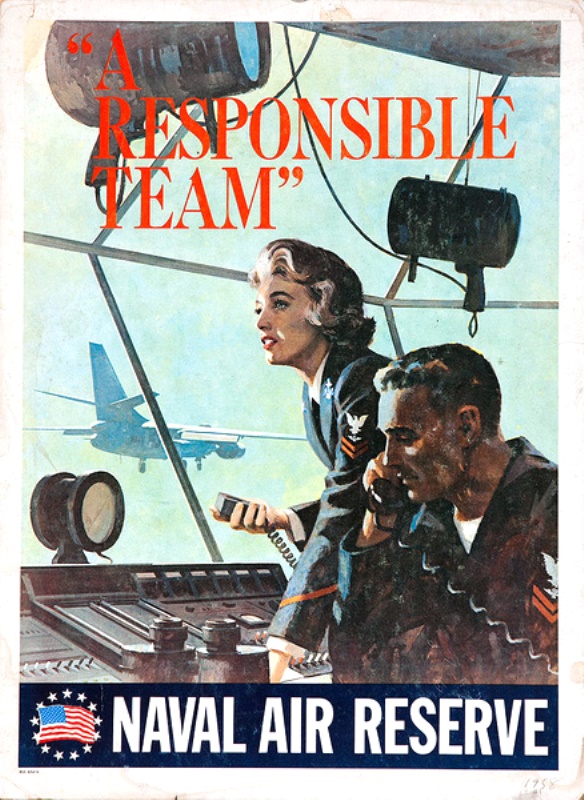










To see more Women Warriors, click on the tags below:












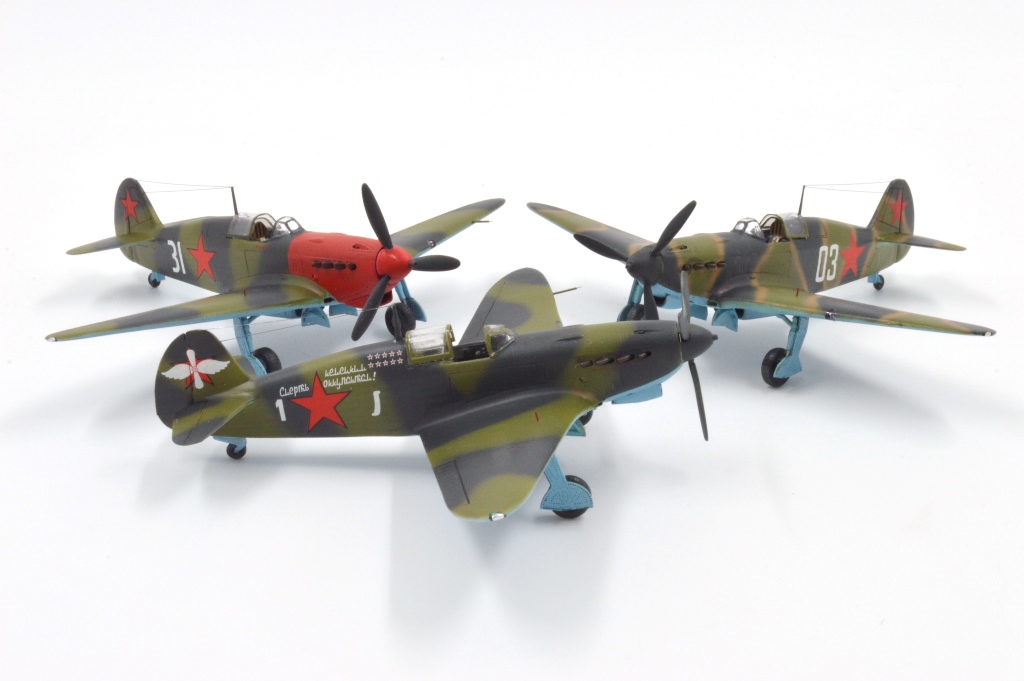
More completed Yak-7B pictures here: https://inchhighguy.wordpress.com/2021/07/27/valom-yakovlev-yak-7b-of-lieutenant-vladimir-orekhov-in-1-72-scale/
Anton Yakimenko was credited with 3 personal and 4 shared victories against the Japanese in 1939 in Khalkin Gol. His total eventually reached 15 victories and he was awarded the Hero of the Soviet Union. The model represents his personal aircraft as commander of the 150 GIAR in Slovakia at the end of the war.






Scale models, where they come from, and people who make them
Scale diorama tips and ideas
Let's build, and build again even if you won't build everything you have bought
A futile fight against entropy or 'Every man should have a hobby'? Either way it is a blog on tabletop wargames, board games and megagames
World War II with Scale Models
Illustrating Stories, Painting Miniatures, Reviewing Realms.
This is my ad free non-profit blog of my research notes on military history since April 2018.
Moving with the tides of history
Building and improving scale models
WHENEVER ANY FORM OF GOVERNMENT BECOMES DESTRUCTIVE OF THESE ENDS (LIFE,LIBERTY,AND THE PURSUIT OF HAPPINESS) IT IS THE RIGHT OF THE PEOPLE TO ALTER OR ABOLISH IT, AND TO INSTITUTE A NEW GOVERNMENT― Thomas Jefferson
Let's build and build again
This WordPress.com site is Pacific War era information
Scale Modeling and Military History
The best in WWII aviation history
Scale Modeling and Military History
Scale models from the sunny side of the Alps.
Scale Modeling and Military History
Scale Modeling and Military History
Scale Modeling and Military History
Scale Modeling and Military History
Scale Modeling and Military History
Scale Modeling and Military History
Scale Modeling and Military History
A blog about Modeling and life in general